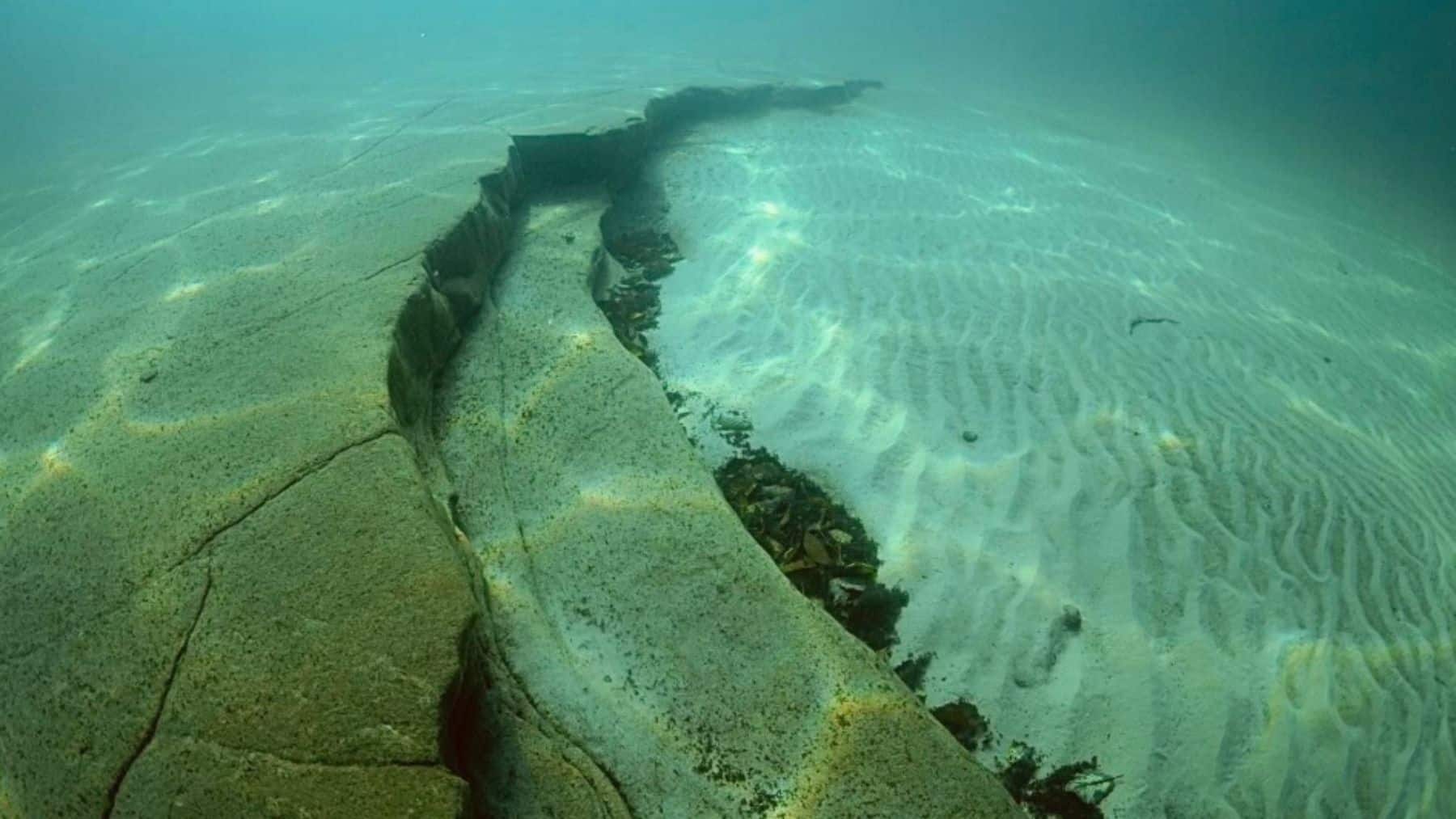Unleashing the Power: The Renewable Potential of Great Lakes' Waves and Wind
Key Ideas
- The Great Lakes hold a massive renewable energy potential of approximately 575 GW from offshore wind and wave energy combined, surpassing the energy needs of the United States.
- Researchers are exploring capturing this energy, with offshore wind being a primary focus due to strong and consistent winds over the lakes, while wave energy is gaining attention for its harvestable power during storms.
- Challenges include seasonal intermittency of waves, technical hurdles in developing efficient Wave Energy Converters, and environmental considerations in deploying large-scale energy solutions.
- The region's potential as a clean energy powerhouse requires overcoming logistical, political, and ecological obstacles, showcasing the need for innovative technologies and thoughtful planning.
The Great Lakes in the United States hold a remarkable untapped renewable energy potential of 575 gigawatts (GW) from offshore wind and wave energy. This vast energy capacity exceeds the current energy demands of the country. Offshore wind energy is highlighted for its consistent and strong winds, especially over lakes like Superior, Michigan, and Erie, making them prime locations for wind turbine installations. Wave energy, particularly in Lake Superior with waves reaching 10 to 15 feet during storms, also offers significant power generation opportunities. Researchers are actively exploring ways to harness this energy, with initiatives led by experts like Dr. Craig Hill from the University of Minnesota Duluth.
Despite the promising figures, challenges exist in converting these invisible currents into reliable power sources. Technical hurdles include developing efficient Wave Energy Converters (WECs) to capture wave energy, while environmental considerations necessitate evaluating the impact on aquatic ecosystems and shorelines. Additionally, the construction of offshore turbines for wind energy must navigate logistical, political, and regulatory frameworks. The region's deep-water zones require floating turbines, a technology that is rapidly advancing.
Recognizing the Great Lakes as a renewable powerhouse, engineers, scientists, and policymakers are exploring ways to harness this vast clean energy potential. The region's seasonal wave variability presents a real-world testing ground for energy technologies. Overcoming these challenges and leveraging the Great Lakes' renewable energy potential could significantly contribute to the global clean energy movement. The discovery of this vast energy reserve underscores the importance of sustainable energy solutions and the need for innovative approaches in energy production and storage.
Topics
Power
Renewable Energy
Clean Energy
Offshore Wind
Research
Engineering
Great Lakes
Environmental Challenges
Wave Energy
Latest News
